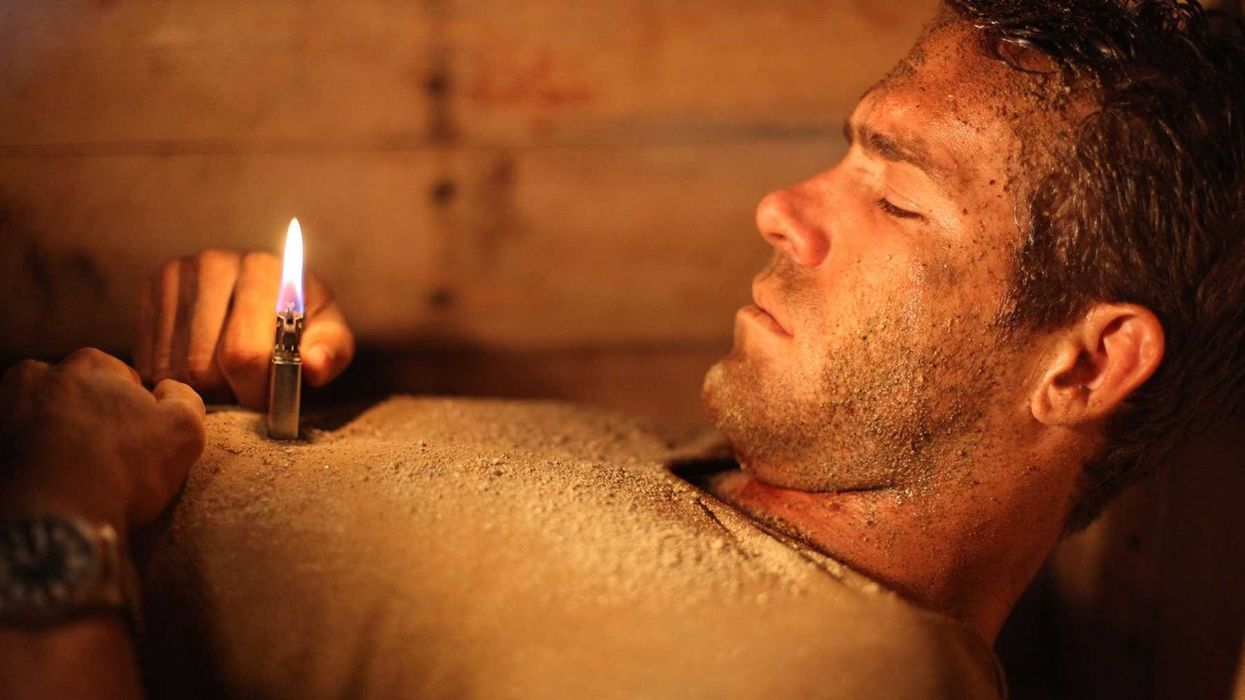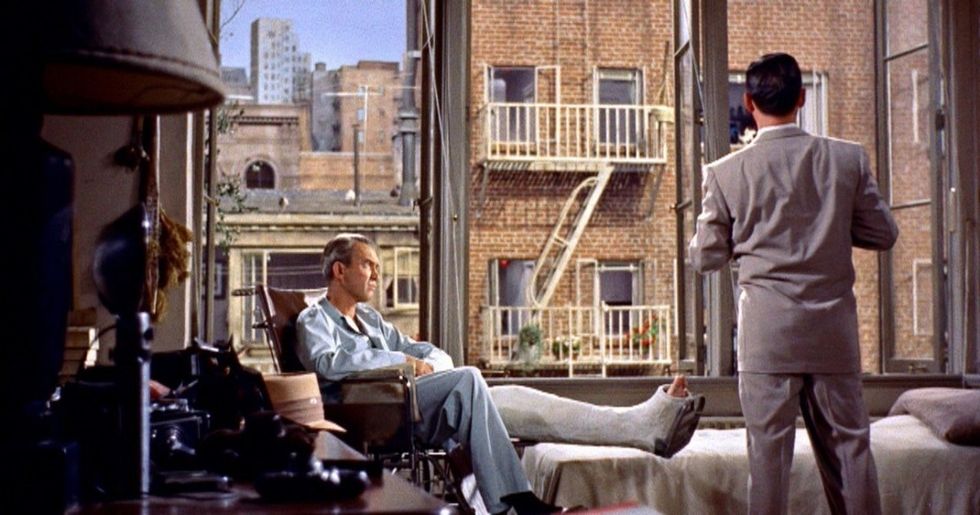How to Write a 'Contained' Screenplay
We're all stuck indoors for the time being. Why not write what you know?

One of the best things about writing is setting personal goals or challenges to attack the page. One of the hardest things to write is the "contained" screenplay. It has limited locations, characters, and is always very attractive to buyers.
The best kinds of these movies get made because they can be done cheaply and efficiently.
They usually attract stars who want to be able to carry a story on the screen.
So, how can you write your own contained screenplay?
Today I want to take you through some brainstorming activities to get inside your brain and get your story out onto the page.
Let's dive in.
What is a 'Contained' Screenplay?
I am pushing this article now because I think there's a much stronger chance these kinds of scripts will be making a huge comeback as we come out of the pandemic. They will be the first kinds of projects people will be able to take a chance on.
Ever since the dawn of cinema, people have been fascinated by movies and TV episodes set in one location. When you contain the story, you can set up a boiling point of claustrophobia that forces characters to an arc.
These kinds of stories cross every genre, from thriller to horror to comedy.
Producers love them because they usually keep the budget down, and audiences love them because the idea of being contained becomes a gimmick unto itself.
That gets butts into the theaters and clicks on the old Netflix screen.

Contained Screenplay Examples
As I mentioned above, these kinds of movies have been around forever. Lifeboat and Buried are standout titles, but what about something like Reservoir Dogs or even My Dinner with Andre?
Dead Calm, Cube, and Panic Room also ring true.
What do all these things have in common besides limited locations?
They also have few characters, clear goals, and really tightly wound stories.

How about Breakfast Club, Saw, and Rear Window all embodying this subgenre?
As a writer, the goal of these kinds of movies is to put our protagonists into circumstances that literally lock them somewhere and make them deal with the consequences. You can set a time lock and have the walls closing in as well.
What I love about these stories so much is that they really allow the audience to identify with the heroes. "What would you do if you were stuck somewhere?"
That's also the question you ask when writing these kinds of stories.

How to Write a Contained Screenplay
The first step in writing any movie is just to outline the situation.
Whether your character is a sniper stuck behind a wall or an astronaut in a collapsing space station.
Issuing yourself limitations while writing can lead to a ton of brainstorming. You want to back characters into a corner and then figure out how to layer things to help them get out of the situation.
So how does that apply to the contained screenplay?
Well, it embodies all the fun of writing one.
When Scott Myers from Go Into the Story interviewed Chris Sparling, the writer of Buried, he asked him about the challenges of writing a contained screenplay. "Having made that choice to stay inside the coffin with the protagonist Paul Conroy, what did you find to be some of the most difficult aspects of crafting a viable story because of the physical limitations you set on yourself," Myers asks. Sparling responds, "I suppose it was trying to make sure the story didn't seem redundant. It needed to always be changing, despite the physical limitations imposed by the setting. Primarily, this meant the risk/stakes had to keep escalating, just as the 'set' itself had to evolve, which was accomplished with the various light sources and even Paul's body position."

Things to keep in mind while writing a contained movie
The only rule that matters in screenwriting is plant and payoff. And it happens to be the biggest hurdle for writing something contained. What can you plant around the characters that will help them get out of their current situation?
How will you develop the character in the story so their special set of skills might make them handy in this scenario?
That brings us to...well...the scenario.
The most fun thing about writing these scripts is coming up with the idea of containment.
That should be expressed in a logline first.

Who is the person and what's going on in their life?
Are they a kid in detention? A photographer with a broken leg? On house arrest?
Pick what excited you...then build out the details.
What's complicating the scenario and what could they use to achieve their goals?
Are they stuck with their mortal enemy?
Are they a criminal, and one person is a cop?
Are they running out of air?
These are all ideas to get your juices flowing.
What's the final point of this journey?
After that...I come up with an ending.
Do they walk away alive? Fall in love? Burn the place down?
The sky is the limit when it comes to these scenarios.
How are they contained?
Once all that is done...find out what's keeping them contained.
Bad guys outside the door?
A pandemic?
From there...you can probably start writing.

Wrapping it up
The key to writing contained movies is just having a blast with the story. Ask yourself what would be cool to happen and what seems unique. Keep painting your characters into a corner and thinking of ways to get them out.
Then you can go back and plant any details you need to make these ways believable.
At the end of the day, you want to really make sure the audience feels surprised.
Plot twists have to be earned.
I really recommend using our story map to help plot out everything you see happening in the tale. That way, you know what's coming next, and you're always working toward a clear ending.
What are some of your favorite contained movies? What are some strategies inside their plotting that you think could be valuable lessons? Let us know in the comments.
And then go get writing.
What's next? Get our free screenwriting eBook!
So much of what we're talking about on No Film School when it comes to screenwriting is summarized in our new eBook. It also helps guide you through a 10-week writing plan that will get your script actually finished.
Keep reading.


 No Film School's coverage of
No Film School's coverage of 









